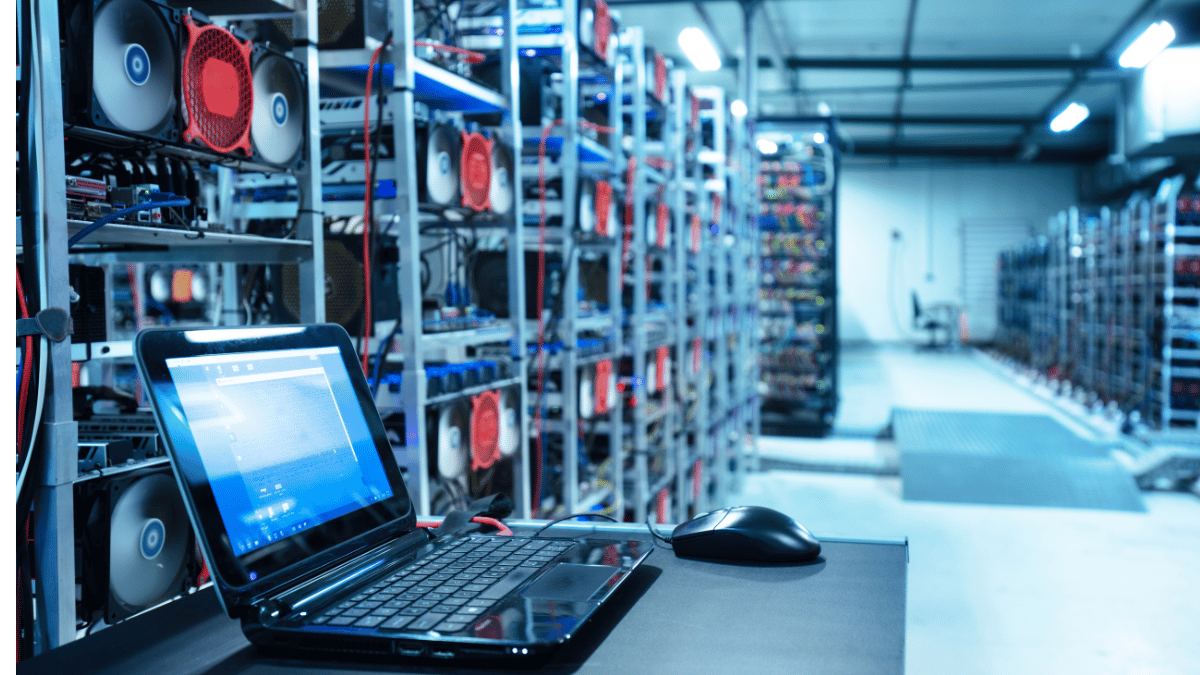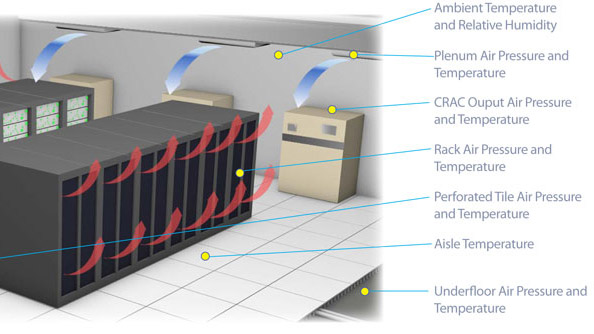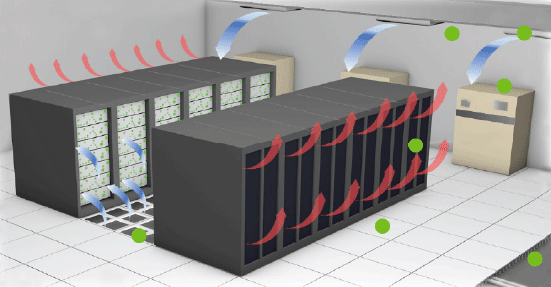Optimizing Data Center Cooling Using Differential Pressure Sensors
Properly cooling a data center is not straightforward. Cold air is one of the most valuable commodities in data center operations. However,...
2 min read
![]() Packet Power Team
:
Oct 7, 2024 11:56:07 AM
Packet Power Team
:
Oct 7, 2024 11:56:07 AM

Data centers are the backbone of the digital world, housing the critical infrastructure that supports countless operations worldwide. As such, maintaining optimal environmental conditions within these facilities is paramount. Cooling is vital in ensuring that equipment operates within safe temperature ranges to avoid overheating, which can lead to reduced efficiency or failure.
In the early days of data processing and storage, equipment generated minimal heat, and simple solutions like air conditioning units or basic ventilation sufficed. However, as technology advanced, computing equipment's heat output also increased, necessitating a more robust approach to cooling.
The introduction of raised floors in the 1950s marked a significant development in data center cooling. This design allowed cooled air delivered more efficiently to server racks via perforated tiles.
As server densities increased, the industry saw the need for more direct and targeted cooling solutions. This led to the advent of Computer Room Air Conditioner (CRAC) units and, later, more advanced systems like in-row cooling, which places cooling units directly between server racks to better manage the hot air exhaust and cool air intake.
Today’s data centers demand even more innovative solutions to manage heat effectively. Liquid cooling, for instance, has become more prevalent, with techniques like immersion cooling, where equipment is submerged in a non-conductive liquid. This method is highly efficient at absorbing heat compared to air.
Another modern approach is using economizers, which utilize external air to help cool the environment when outdoor conditions are favorable, significantly reducing the reliance on mechanical cooling.
The layout and design of data centers have also evolved to facilitate better airflow and cooling efficiency. Strategic placement of cooling infrastructure and the adoption of modular designs allow for more precise control over environmental conditions, adapting to the specific needs of different zones within a data center.
As cooling techniques have evolved, so has the need for advanced monitoring systems to optimize cooling efficiency and maintain equipment performance. Integrating the Internet of Things (IoT) and smart sensors into data center cooling systems marks a significant shift towards automation and precision in managing data center environments.
For example, Packet Power’s wireless monitoring systems play a crucial role in optimizing modern cooling technologies, such as liquid cooling, by providing real-time data on temperature and power usage as well as environmental conditions. This allows cooling systems to make automated adjustments to ensure efficient operation and maximize energy savings.
These technologies enable real-time monitoring and automated adjustments to cooling systems based on actual operating conditions rather than relying on less efficient, static cooling schedules. Smart sensors can detect temperature, humidity, and airflow variations, allowing cooling systems to respond dynamically to changes and maintain optimal conditions throughout the data center.
Another advantage of smart cooling technologies is predictive maintenance. Data centers can anticipate potential issues by analyzing sensor data before they escalate into serious problems.
For example, if a cooling unit shows underperformance, it can be serviced or replaced before it fails, minimizing downtime and maintaining continuous operation. This proactive approach enhances the reliability of data center operations and optimizes energy usage, leading to significant cost savings over time.
The journey from simple air-conditioned rooms to sophisticated, automated cooling systems equipped with IoT and predictive analytics illustrates the rapid advancement in data center technology. As data centers evolve into more complex and critical facilities, the importance of efficient, reliable, and adaptive cooling technologies has never been more evident.
The ongoing evolution of data center cooling technologies is crucial for the sustainability of data centers and the vast digital ecosystems they support. By ensuring that these hubs of data and technology operate within optimal conditions, we safeguard the continuity and reliability of the digital services that power our modern world.
Packet Power offers wireless monitoring solutions that integrate seamlessly with modern cooling technologies to enhance these efforts further. These solutions provide precise control and real-time insights into system performance.
For expert assistance in optimizing your data center cooling, contact Packet Power today.

Properly cooling a data center is not straightforward. Cold air is one of the most valuable commodities in data center operations. However,...

One of the most contentious areas of data center operating cost reduction is cooling. There is an ongoing tension between lowering cooling costs and...

Cooling is one of the main drivers of data center operating costs, but figuring out how to get the information needed to drive costs down can be...